Why You Shouldn’t Buy an Email List (And Ways to Build One from Scratch)



Numerous studies and reports have repeatedly shown how email marketing is a great strategy for online marketing. According to DMA’s Marketer email tracker 2019, email remains a key channel with 91 percent of marketers considering it important.
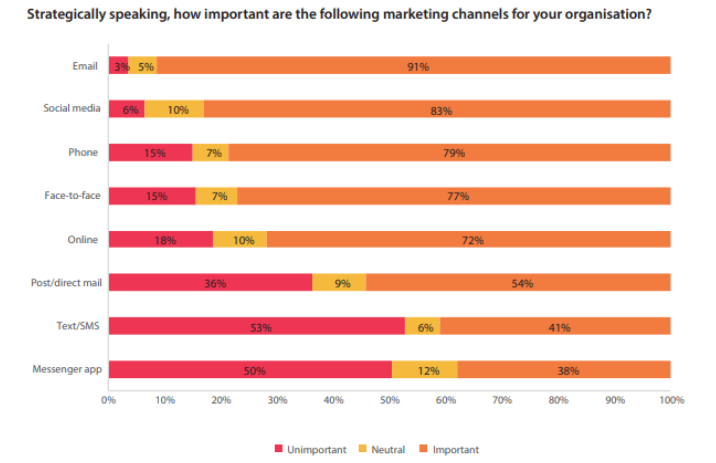
Image Source: DMA
The return on investment from email marketing has also increased to $42 for every $1 spent.
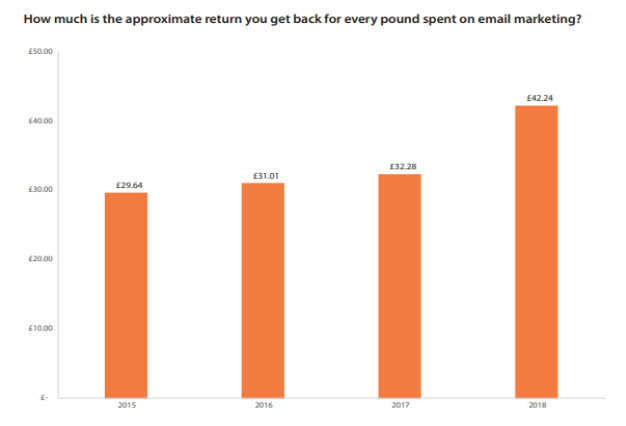
Image Source: DMA
Email marketing is also considered highly effective when compared to other digital marketing channels.
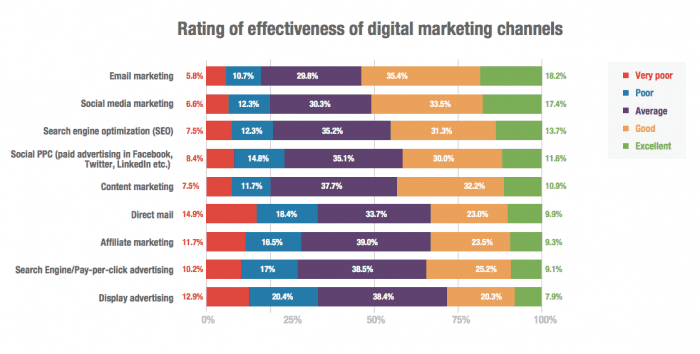
Image Source: Smart Insights
However, if you lack an email list, all these statistics will make no difference. Maximizing the value of email marketing requires you to have a great email list.
How do you get an email list? Or if you already have one in place, how do you improve your current email list?
You might be tempted to take a shortcut and just buy one, after all, those who sell them swear by their good results and offer them at reasonable prices.
Please don’t!
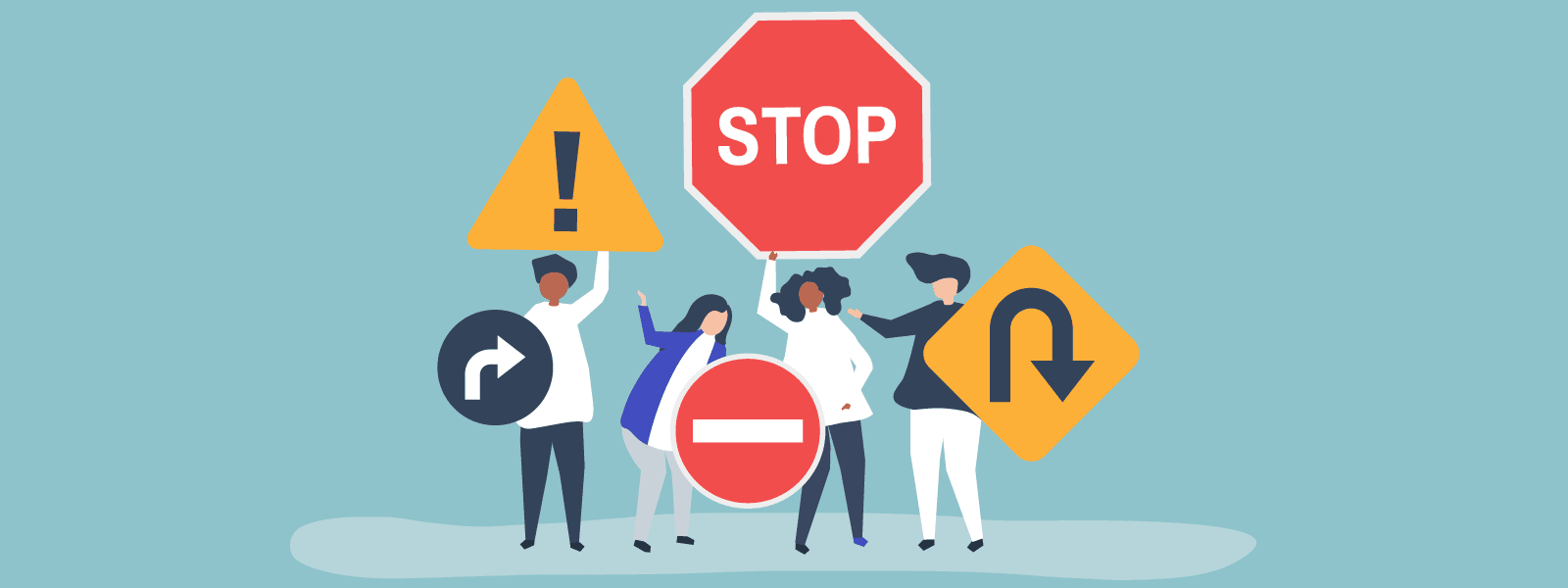
Here are some compelling reasons why YOU should NOT buy an email list:
1. It’s illegal
Believe it or not, there is a law against it. The CAN-SPAM Act sets rules for commercial emails and spells out penalties that apply for businesses that don’t comply. Governments around the world have also put up stringent laws that protect their citizens from unsolicited emails.
2. The quality of these emails cannot be trusted
Good quality data will allow you to send relevant information to relevant people. Let’s say you’re opening a pet grooming salon and want to let the world know.
With a bought list, you may find that out of the 5,000 emails you bought, only 10 percent have a pet, and out of the 10 percent, maybe only one is interested in having them groomed. Which brings us to the next reason not to:
3. You waste money and time
Think about the cost of buying the 5,000 emails only to find that only a small percentage is interested in your product or services. The time it takes to comb through the emails, the time you take to write copy for all the emails and the amount of money you are paying the sales or marketing team to clean up the list. This is time and money that could have otherwise been put to good use.
4. You officially become a spammer
No one likes to receive unsolicited emails. Do YOU? People want value. You can’t be sending emails about how your pet grooming facility gives the best services to a person who’s allergic to dogs.
Not everyone on that list will be interested in your services, and you immediately join the list of those in the spam folder. This is definitely bad for business and getting out of that situation will cost more than setting up a proper email list.
5. Email service providers blacklist you
Using such an email list might also result in your business being blacklisted by your service provider and they may act in a manner that may negatively affect your operations.
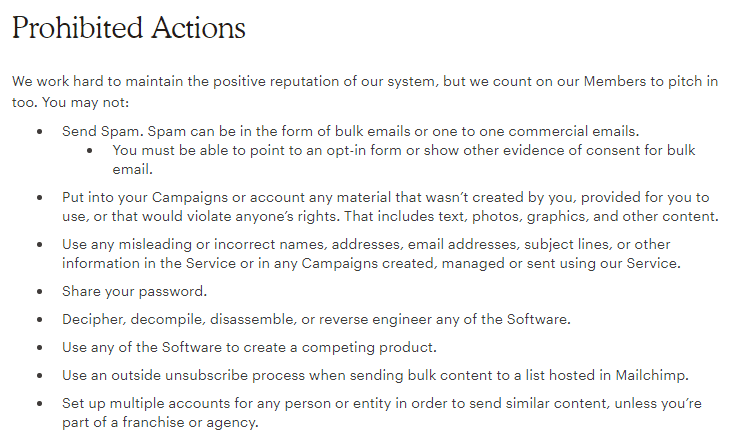
Image Source: Mailchimp
6. Someone else has the exact list you bought
Of course, you’re not the only one using that list, what did you expect? Imagine how many emails of different products the people on that list have received?
They will ultimately switch providers or even install a powerful anti-spam filter. In most cases, they will delete your emails without even reading what you are offering.
7. Your conversion rate will suffer
You bought a list with a staggering 5,000 emails but only a paltry 10 percent have dogs. Worse still, only one percent is interested in grooming their pet. That one percent does open the email, and luckily for you, they subscribe or convert.
However, the 5,000 emails didn’t come cheap, which means that at the end of the day, you most likely did not realize a return on your investment. Your conversion rate did not go as expected and is well below average.
8. Your reputation takes a hit
Buying lists is illegal, so you are not complying with the laws. You are also sending unsolicited emails to people not interested in your services. Remember, we are living in a connected world with consumers who spend most of their time online.
Someone will tweet about your bad habits, and it turns into a crisis. Worst case scenario, they will make fun of you. This Ted Talk on how to deal with a spammer (published in 2016), currently has over 42 million views.
Check it out, it’s super funny. After laughing your heart out, imagine what would happen if ‘Solomon’ would be replaced by the name of your brand. Not that funny anymore, huh?
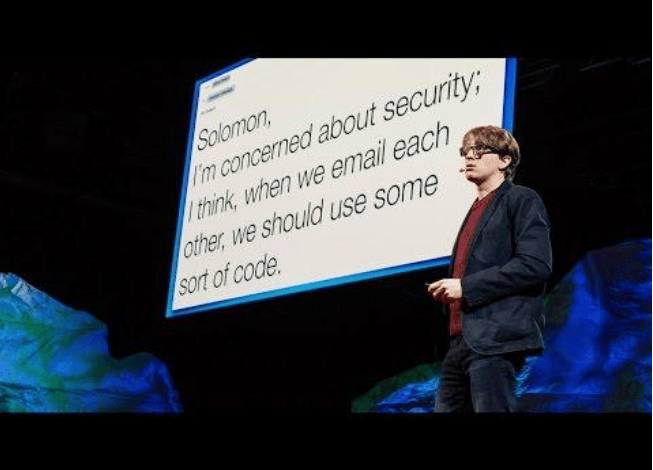
I am sure these reasons have convinced you not to buy an email list.
Instead, build one from scratch. It will, of course, take longer but, the few people you get will be potential customers interested in what you have to offer.
Don’t worry, we’ve got your back. At Cazoomi, we like to do things right. From building proper integrations to legit email lists, we can help you.
Check out some of the ways that helped us and our clients build email lists that have excellent ROI.
How to Build an Email List from Scratch the Right Way

List building can be puzzling, especially if you are just starting out. The thought of having to wait for weeks and months in order to get a sizeable email list can be off-putting for most marketers.
You need people on that list to sell your products and services to. Even marketers who have been in the game for some time agree that generating leads is a great challenge.
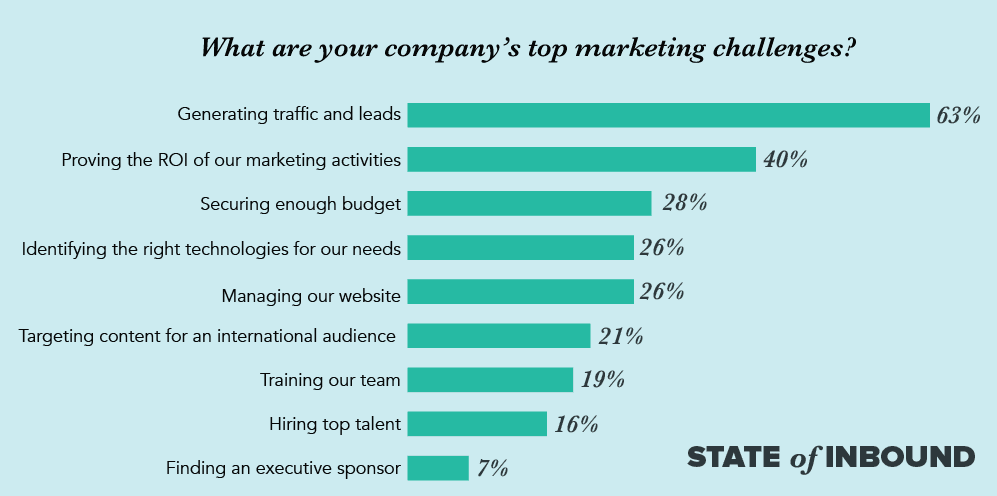
Image Source: HubSpot
Fortunately, with the tips outlined below, you’ll have an easier time building your email list.
But, like any great plan, email list building also needs some prerequisites. They include:
1. An understanding of your target audience
During the first phases of building your business, when you realized that you had a great idea that could become a business, you studied your audience.
You did, right?
Studying your audience means that you have an ideal buyer in mind. You know what kind of product or service you have that could solve a certain problem your target audience has.
Now, before you can begin building an email list, you need to understand these people.
With that information, build a buyer persona. The buyer persona is a representation of your target customer. The following is an example of a basic persona template. Fill in the details with as much information as you can get since the more you understand the target audience, the better.
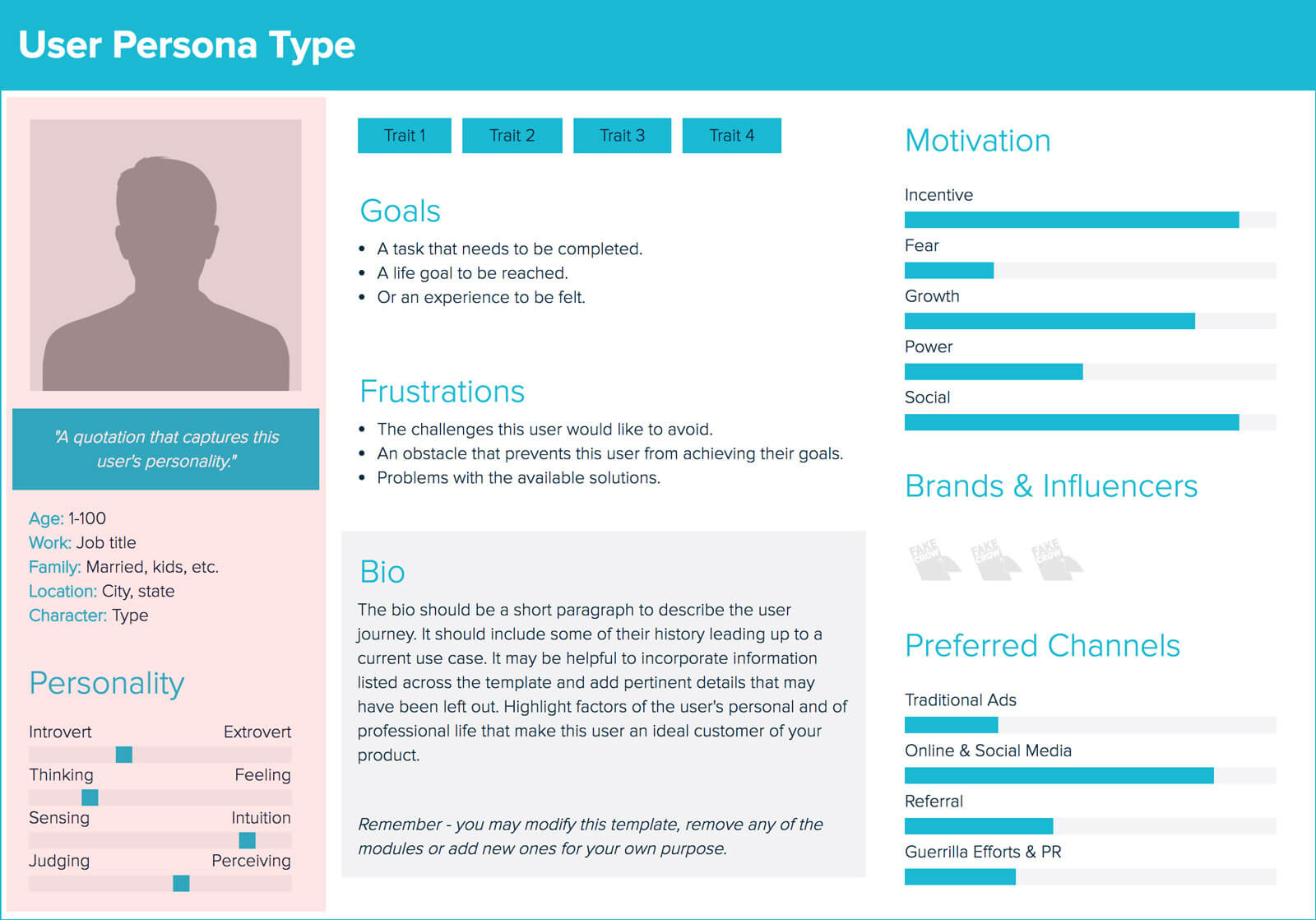
Image Source: Xtensio
The persona will help you find out the channels your ideal audience uses, and it becomes easy to get their email addresses.
2. An email marketing service
An email marketing service will make it easy to communicate with your audience once they join your email list. There are plenty of platforms to choose from with some of them offering a 30 or 60 days trial.
Constant Contact and Mailchimp are usually top picks. Mailchimp, for instance, offers a forever free plan for up to 2,000 subscribers that you use to kick off your email list building campaign.
An email platform will help you organize your list and send emails. Later, after your list has grown, you can use it to segment, send drip campaigns, sequence, gain insights, and so much more.
The choice of the platform will depend on many factors, including your company goals, pricing, the interface, and others.
Email marketing platforms make it easier to send emails to potential customers. They also save you the time it would take to do it manually.
3. Have a website
To create an email list, you need a website where your target audience can access your free offers. Your website does not have to be something huge or overly complicated. It can be as simple as having a landing page with an opt-in form.
Ensure that once your audience clicks on your site, they can see the brand-specific lead on the upper half of the website page (the upper fold where they can see it without having to scroll down).
Doing this grabs their attention and is a good way for people to see an opportunity to sign up for your email list. If possible, embed a relevant video to increase conversions by 86 percent.
Have a landing page for your lead magnets. It then becomes easy to direct traffic to the lead magnet. The landing page should have:
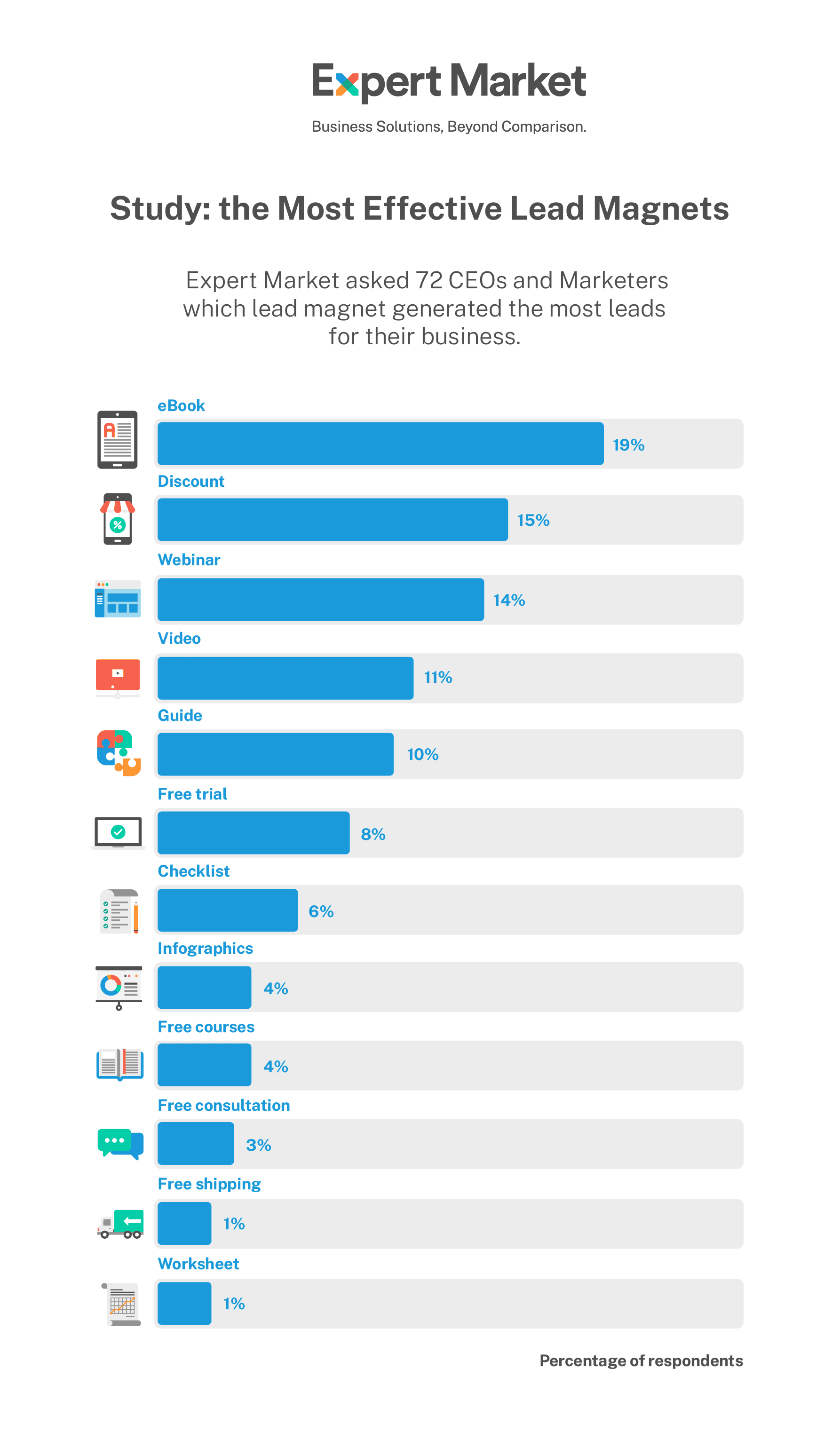
If you are running a promotion, ensure that it appears at the top half of the website page. The more exposure you give it, the better.
A dedicated landing page for opt-ins is also great since those visiting the site will be interested in what you are offering. A dedicated landing page also makes it easy to promote your email list using other channels.
For example, a link on your social media will take the followers directly to this page rather than the homepage. The more landing pages you have, the more leads you can generate.
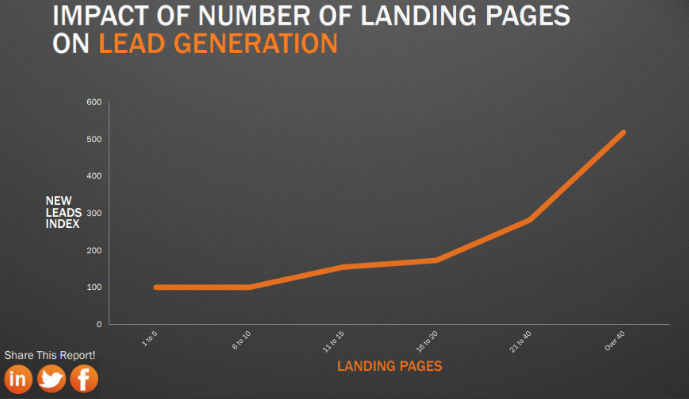
Image Source: HubSpot
4. An offer/reason to subscribe
Why do you want people to join your email list? What are you offering them? Software, an eBook, a report, a white paper? Whatever it is, it should provide value, and most importantly, it should be FREE.
You may have a great product, but if no one knows about it, then you won’t sell much. Consumers also feel that they receive too many marketing emails. They could be right. According to research, the average person is receiving 126 emails per day today.

Image Source: Radicati
Give your audience a good reason to open your email. You need to provide something of value that will compel people to subscribe to your email list. Like an offer that solves their pain points or improves their lives if they use your brand.
The best way to entice them includes using discounts or monetary benefits. For example, offering prospective customers a discount if they subscribe to your email or newsletter.
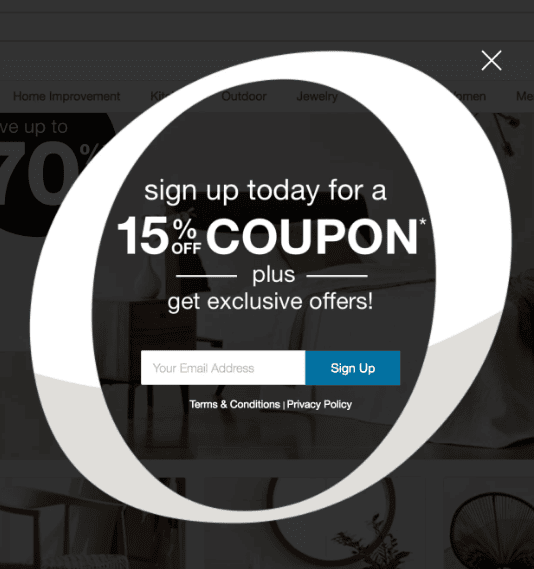
Image Source: Shopify
This offer is enticing because someone will find value in a 15, 10, or even just a five percent discount. They will sign up to get that first discount and, in the process, provide you with their email address. With the right tools and tactics, that’s all it takes for you to start building lasting relationships.
They may ultimately become loyal customers and fans if you do your marketing right.
However, no one will give out their email address if you don’t give them an attractive offer – a lead magnet.
Lead magnets are incentives that you offer your potential buyers in exchange for their email addresses or contact information. Make them available as downloadable content. For example, a pdf, a report, podcast, video, or ebook.
The lead magnet should:
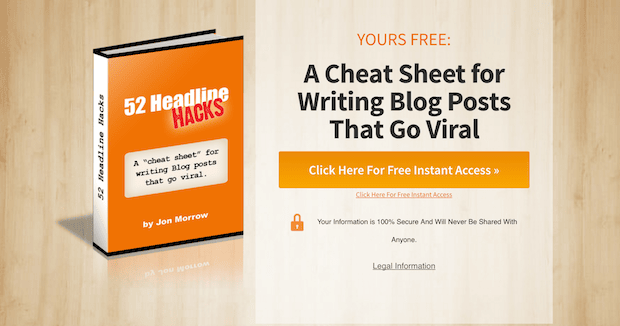
Image Source: OptinMonster
As you carry out your audience research, find out what your audience wants. What is their biggest pain point? Finding that out will help you come up with an incentive.
What is the solution to the pain point? For example, the lead magnet above. A blogger struggling with getting their blog posts to go viral will download the copy. It’s a good cheat sheet because it reduces their hustle and shows them how to make their posts go viral.
Remember that your lead magnet must be an offer that gives them an immediate win and something they want. The prospective customer should get instant gratification after consuming your content.
Examples of free incentives you can offer include a content upgrade. If you already have a blog on your website, find content that performed well or got the most engagement, and create an incentive to it. You can prepare the upgrade in different formats, including:
The upgrade should build on or enhance what you wrote on the first post. If done right, it could boost your conversions rates too. For example:
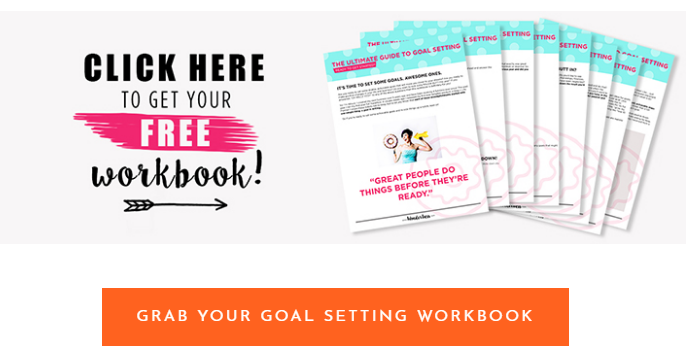
Image Source: Wonderlass
Readers interested in setting goals will download the workbook since it offers value. They can implement what they learn from the blog post.
Other types of lead magnets include:
5. Use a strong Call-to-Action (CTA)
Ensure that your email marketing call-to-action (CTA) is visible and spelled out correctly. Ensure that the coloring, messaging, and placement of the CTA is right. You can place them in different parts of your website:
Having a pop-up CTA may also be a great idea but be careful. Sometimes all they do is annoy the visitor. However, if used correctly, they are great for getting contact information.
You can time them right so that they only appear either after the visitor has spent some time on your site or is about to leave. Ensure that the pop-up provides value and has an impressive offer. Doing this makes it helpful instead of interruptive.
Use language to show the value with words like “Featured”, “Exclusive”, “Download”, “Access”.
You can also employ humor or sarcasm in your CTA.
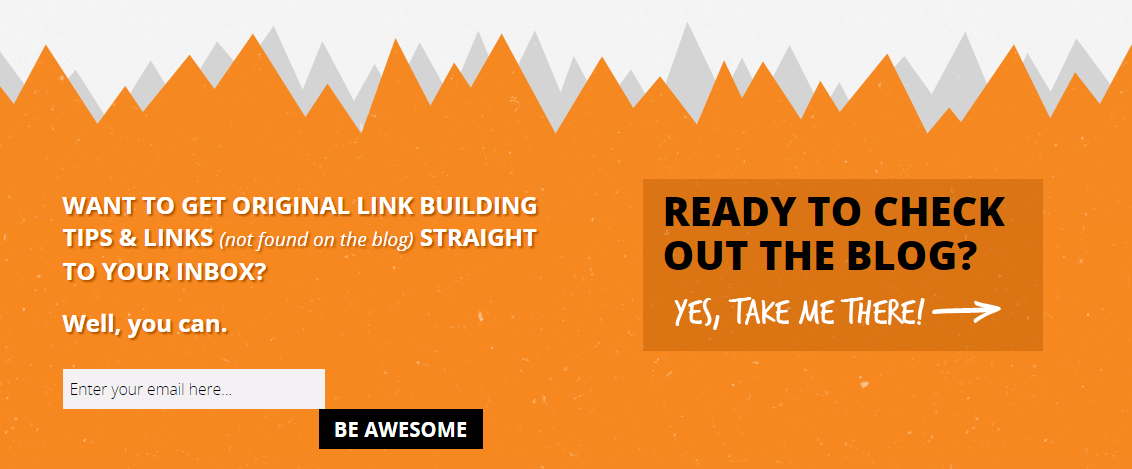
Image Source: Wordstream
The CTA works because it’s not boring and makes it fun to sign up. Who doesn’t want to be awesome?
6. Provide your target audience with high-value content
After creating magnets, optimize your site to increase conversions. You also need to capitalize on the traffic you are getting to keep your audience interested.
Write high-quality content that provides value and include the content upgrades we talked about previously.
Include new valuable content consistently. You don’t have to publish daily. Once a week could be enough, depending on your audience and niche.
You can also provide other valuable types of content, including videos, webinars, social media content, and more, depending on what type of content your target audience likes to consume.
The content demonstrates your expertise and skills on the subject. It shows your prospective customers that you can help them achieve their goals or solve a problem. Link out to the landing page with the opt-in form so that you can convert every visitor. Share this content on your social media sites too.
Remember to include share buttons on your blog posts so that your readers can share with their friends, leading to more traffic.
7. Reassure subscribers that you won’t share their email or spam them
People avoid signing up for email newsletters because they want to avoid spam and daily offers. To assure your subscribers, tell them that you won’t share their details. Find some space to quell your visitor’s fears.
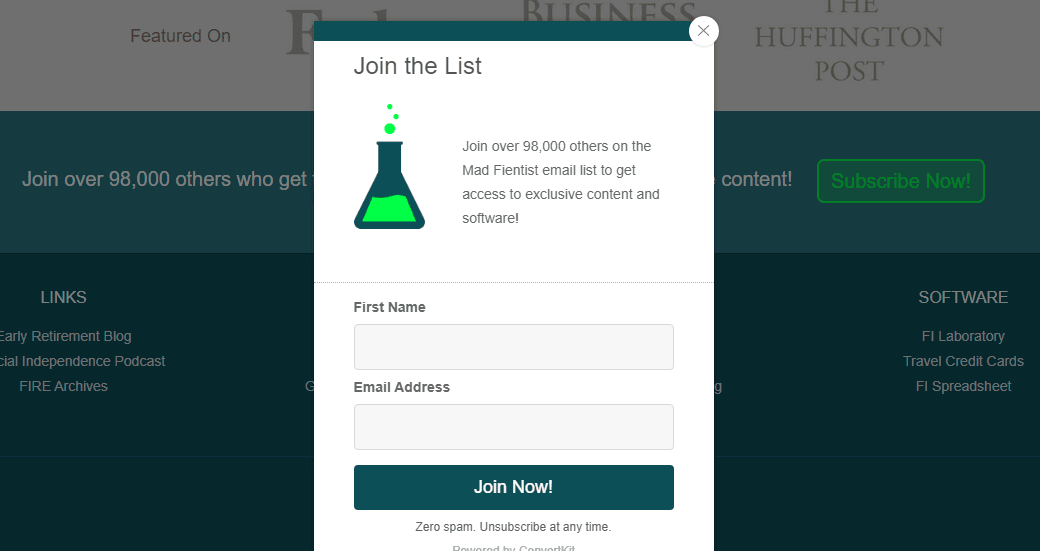
Image Source: Mad Fientist
Make it simple and clear:
“We only send our newsletter once a week.”
“I won’t share your email.”
“Unsubscribe at any time.”
You can apply a personal touch and write it in your brand’s voice, but make sure the words drive the point home and are not off-putting.
8. Reach out to your contacts
One of your contacts on your personal email may be interested in what you are offering. Send those in your contacts an email, letting them know you are creating an email list and why they would benefit from signing up.
Enquire on whether they would like to receive emails on the product or services you are offering. If they are not interested, kindly respect their wishes and don’t spam them with information that does not interest them.
9. Run a viral contest or referral program
A viral contest encourages people to share for bonus entries. For example, for every referral that signs up, the referrer gets 40 bonus entries. To sign up for the contest, people will have to provide their email. This is a great email list building technique because those participating will be doing the marketing on your behalf.
A referral program also encourages fans to share your content with family and friends. If a person signs up using their referral link, they receive a prize or discount points depending on what you are offering.
10. Use social media
Your followers on social media already like what you are offering, and this makes it a great way to build your list. However, do not spam your feeds with sign-up invitations.
Instead, mention it every few days using creative posts, like celebrating your milestones and asking them to sign up to receive great offers, products, or information.
You can also run a contest on your social media pages and give away goodies related to your business. To take part in the contest, people will have to provide their email addresses. Make sure at the end of the contest, there is a winner, and they receive the prize as promised.
Connecting your channels will increase your visibility, so run the contest on different channels.
11. Advertise
Advertising can boost your visibility and help grow your email list. You can use Google Ads or social media ads.
Facebook allows you to run retargeting ads to users who have interacted with your brand or visited your website. They track traffic to your website through pixels you put in your code, and this helps them show relevant ads to your target audience.
It allows you to target audiences already interested in your product. However, if the ad is specifically meant to build a list, make it the focus of your copy. Don’t forget to include the benefits the subscribers will reap after subscribing to the list.
12. Visit events and conventions
Visit events or locations with high traffic and let people know who you are and why they need to subscribe to your newsletter or emails. Offer free samples or future discounts (an incentive), and get an email in exchange.
If you’re running a brick and mortar store, have a sign-up list for people who visit your store. Send them relevant content regularly. You can even customize the customer emails depending on what they bought and their interests.
13.. Run tests
Test out as many of the methods as you can. Find out where you are getting the most subscriptions and which ones are failing. Improve, change, and retry, depending on your reports and analysis.
Test out different CTAs to find out which one your target audience responds to better.
Run one variable after another instead of testing out everything at once. For example, you could run an A/B test to optimize copy first, then do another on color. The different tests avoid data corruption so that you know what variable needs change.
Conclusion
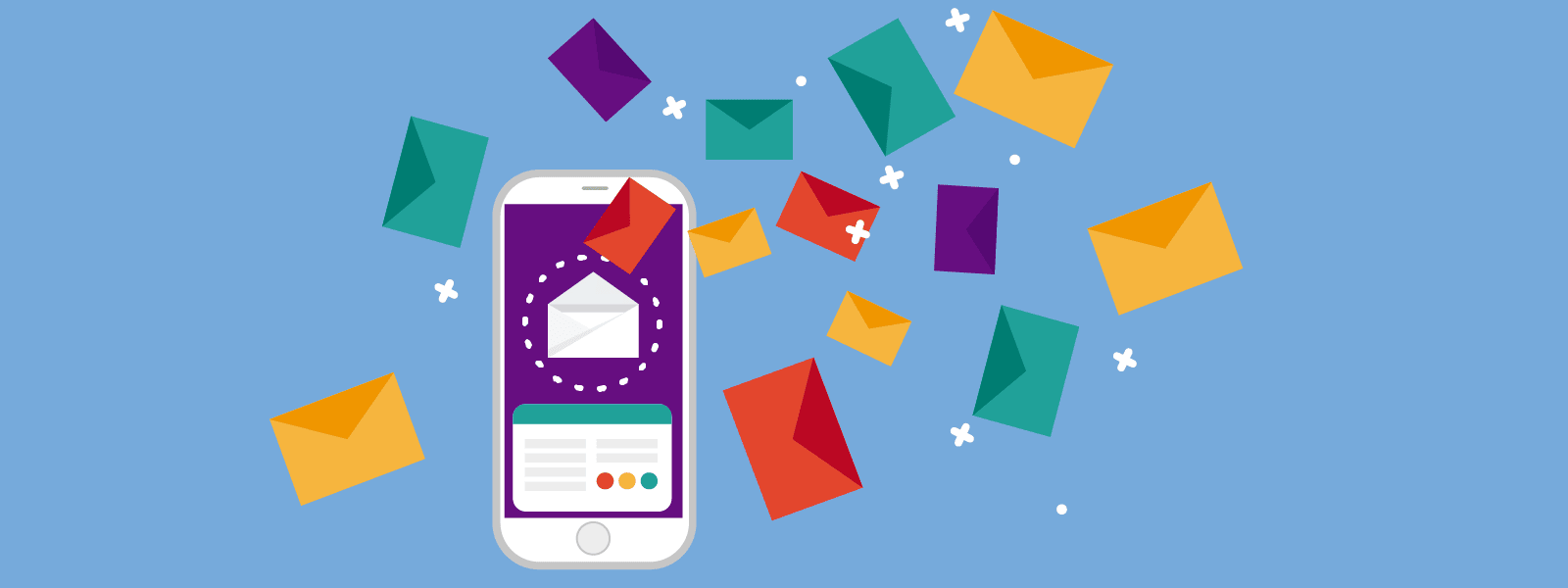
Following these tactics will give you a loyal following since you target people who are already interested in what you are offering. Run tests on the different methods you choose and settle for the ones that work for your business.
Testing different tactics will help grow your email list. Come up with innovative methods to catch the attention of new subscribers and retain current ones.
Remember, to remain consistent in your communication, you must have clear call-to-action statements that also provide value to the subscriber. With a good email list, you can move your subscribers smoothly through the sales funnel to eventually convert them into loyal customers.